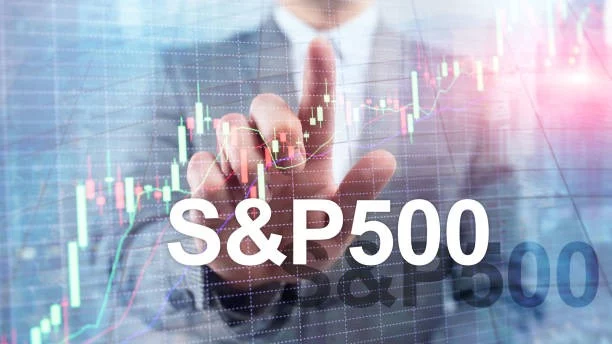News arrives quickly. It could be a policy change, earnings surprise, or something unexpected overseas. Before the stock market even opens, traders are already reacting. One of the first places this shows up is in the S&P 500 futures.
These contracts absorb sentiment fast. They reflect how participants are responding to developments, adjusting risk, or holding back. They do it before the opening bell and often shape how the day begins.
Understanding how to follow that reaction, from breaking headlines to real-time charts, can give you clearer insight into what is really moving the market.
S&P 500 futures overview: The news gets priced in fast
An S&P 500 futures overview reveals more than just price direction. It shows how quickly new information gets factored in. When a major report is released, futures often move within moments. The speed of the reaction can show whether the news caught traders off guard. The size of the move hints at its impact.
If the price holds after a sudden shift, that suggests the market accepts the change. If it pulls back quickly, there may be uncertainty or disagreement.
This process turns raw information into the price. That is what makes futures so informative; they show both the initial reaction and the follow-through.
Reading the ES futures chart under pressure
The ES futures chart becomes even more valuable when volatility rises. Price may break through recent highs, pause at key levels, or reverse after a spike. Each of these movements tells a story.
Traders watch how the market reacts around familiar zones. If support holds after a sharp move, that can signal stability. If it breaks quickly, sentiment may be shifting.
Rather than chasing price, experienced traders observe how it behaves. This helps filter out noise and focus on signals that reflect commitment.
Emini futures performance during uncertain sessions
In volatile conditions, Emini futures performance gives a clearer indication of what traders are really doing. Are they stepping in after every dip? Or are they staying cautious, letting the price drift lower?
Watching how these futures behave across a few sessions adds context. Are the same levels getting tested again and again? Do buyers keep returning, or is there hesitation?
These patterns help you judge whether current moves fit into a larger trend or mark a change in tone.
Connecting the dots: From headline to decision
Reacting to news is not always the right move. The market often needs time to decide what a headline truly means. Futures provide that early glimpse, but they do not always tell the full story in the first few minutes.
A strong move followed by a pause may show digestion. A false breakout could hint at uncertainty. Waiting for the price to settle before acting can save traders from entering too early.
Understanding how news flows into futures charts helps build better timing and decision-making.
Final thought: One market, many signals
S&P 500 Futures are not just about numbers. They reflect emotion, reaction, and positioning. Watching how the price moves after a headline and tracking behavior through the chart gives insight into the market’s current mindset.
You do not need to act on every move. Sometimes, just reading the response is enough. Over time, learning how to read futures in context turns the noise into something far more useful, a guide through uncertainty.

Lexy Summer is a talented writer with a deep passion for the art of language and storytelling. With a background in editing and content creation, Lexy has honed her skills in crafting clear, engaging, and grammatically flawless writing.



